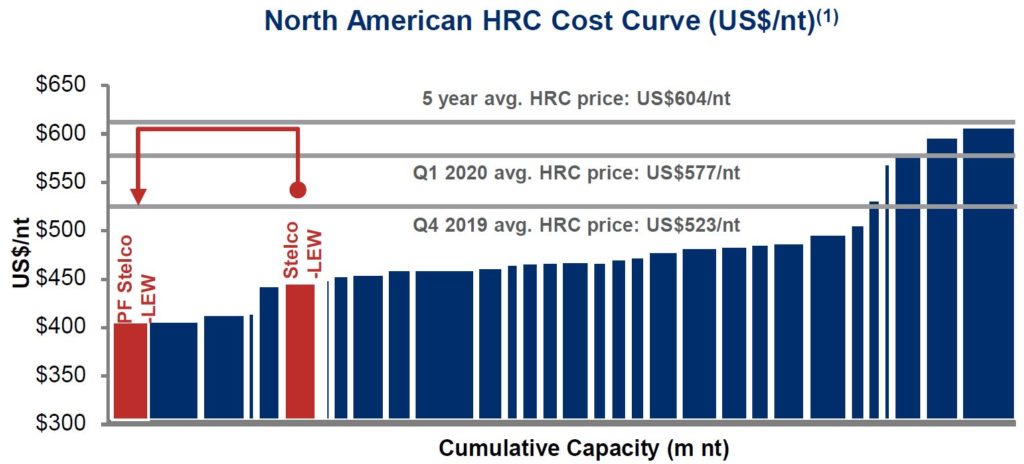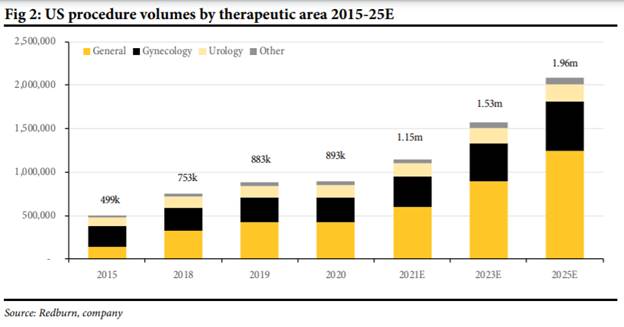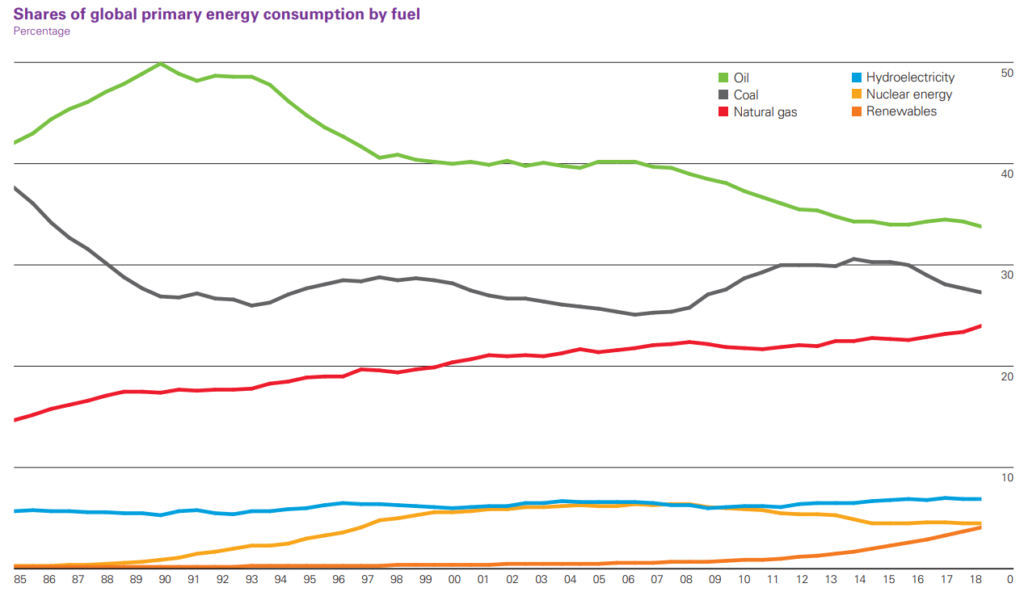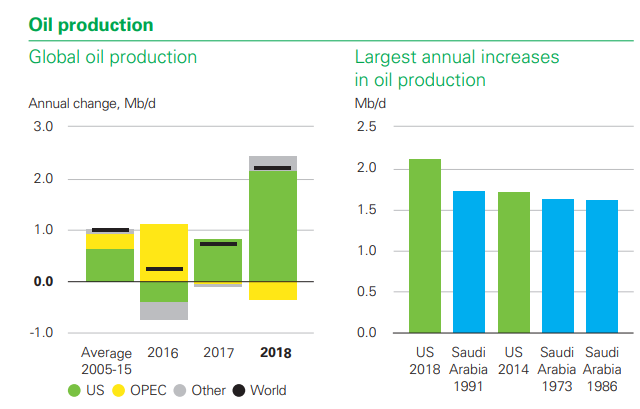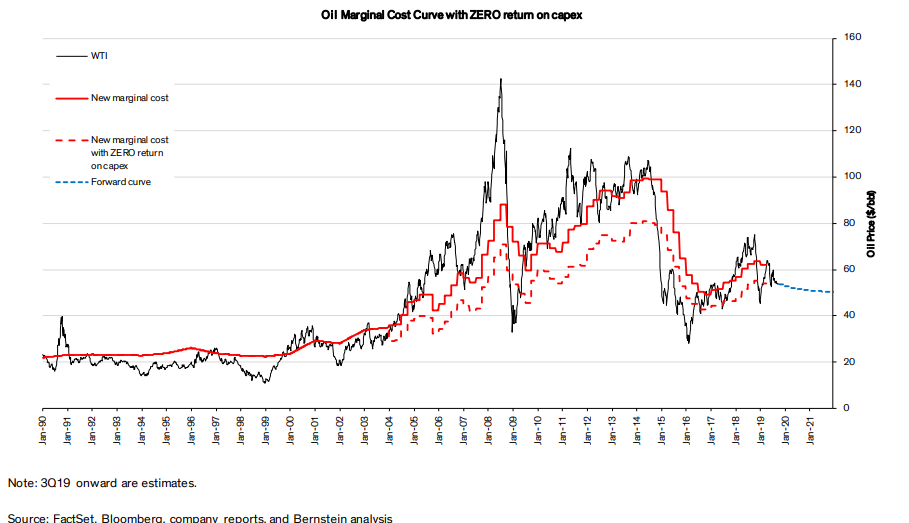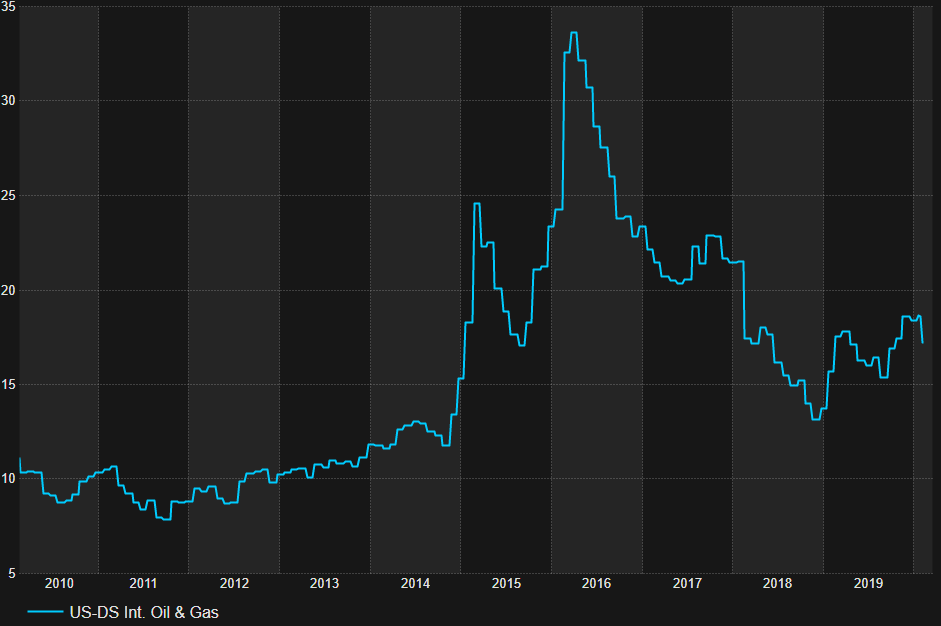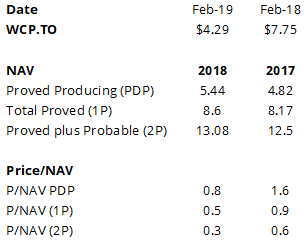Aritzia: A look at its Lifecycle so far and what the future holds
Aritzia (ATZ-TSX) is a company we have held in our Global Equity Growth Fund since 2018. In our initial report, we compared Aritzia’s U.S. growth opportunity to that of Lululemon, given their similarities in target market and Direct-To-Consumer approach. As Aritzia has proven successful in gaining U.S. market share (revenue has grown at a 41% CAGR), we are extending our analysis to other successful retail growth brands by comparing Aritzia with not only Lululemon (LULU – NASDAQ) but Inditex (ITX – MC). ITX is a Spanish-based global apparel and accessory retailer with a collection of seven brands, most notably Zara, and 2021 revenue totalling €27B . Other ITX brands include Bershka, Massimo Dutti, Pull & Bear, Stradivarius, Zara Home and Oysho. Read




